By combining community-based enforcement and sustainable livelihood development, a coalition of NGOs and government successfully cut manta ray catches by over 90% in what used to be the world’s largest manta ray hunting ground.
The world’s largest manta ray fishery
The remote community of Lamakera in Eastern Flores, Indonesia is home to the world’s largest manta ray fishery.
Fishermen have for centuries hunted manta rays as a source of food and to trade for other necessities with neighboring villages.
The residents of Lamakera rely on the sea for their livelihood due to the infertile nature of their land, which makes agricultural activity infinitely challenging.
During the late 1990s, however, a sudden burst in demand for manta gill plates, mainly from China, catapulted the small-scale, subsistence fishery, which served local consumption only, into a commercial hub for international gill plate trade.
In 2013, conservation NGO WildAid estimated international trade in gill plates to be worth US$30 million a year, with 99% originating from a single Chinese province, Guangzhou.
Within Chinese traditional medicine, manta gills are thought of as a medical panacea, famed for increasing blood circulation and breast milk supplies, and curing cancer or chickenpox, though their actual medicinal value has never been scientifically proven.
Monetizing manta rays
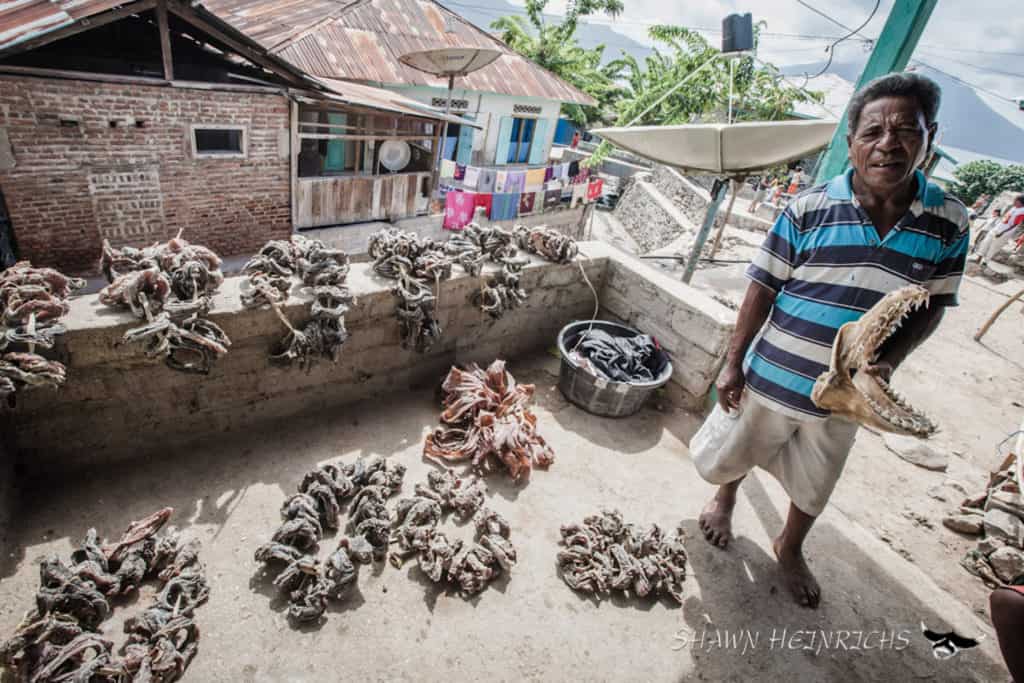
Increased vulnerability to overfishing, coupled with slow reproduction rates make it especially challenging for manta population numbers to recover.
Female mantas take eight to ten years to reach sexual maturity, and typically give birth to as few as one or two pups every two to five years.
Unlike many other fish species, manta rays are a curious and social breed, often found to interact with humans underwater, which makes them particularly popular among divers and snorkelers.
Their life expectancy can reach up to 50 years, which puts the economic value of a living manta to an average of US$1 million, based on the estimated revenue brought in from manta dives and snorkel trips, as well as associated tourism spends in manta watching tourism hotspots.
In contrast, fishermen in Lamakera might fetch around US$3-400 for every manta caught, though figures vary based on the size of the animal and the sales channel.
A study comparing catch volumes between 2002 and 2014 identified a staggering 75% decline in manta and mobula (or devil) ray catches in the area.
Interviews conducted with the local fishermen documented their increasing struggles to locate mantas – a further indicator of the species’ declining presence and the devastating impact of overfishing.
To make matters worse, manta rays often fall victim to both targeted hunting and accidental catches.
Despite recognizing the depleting fish stock, fishermen continued to ramp up efforts to catch mantas – under pressure to provide for their families, and to pay back loans received previously from manta traders.
Vulnerable to extinction
In light of their rapidly declining population numbers, in 2011, both manta ray species – the giant manta (mobula birostris) and the reef manta (mobula alfredi) – were added to the International Union for Conservation of Nature (IUCN)’s red list.
In 2013, the Convention on International Trade in Endangered Species of Wild Fauna and Flora (CITES) voted to add mantas to Appendix II, which calls for member countries, including Indonesia, to implement measures to regulate and control the trade of species vulnerable to extinction.
A nation-wide ban on manta hunting
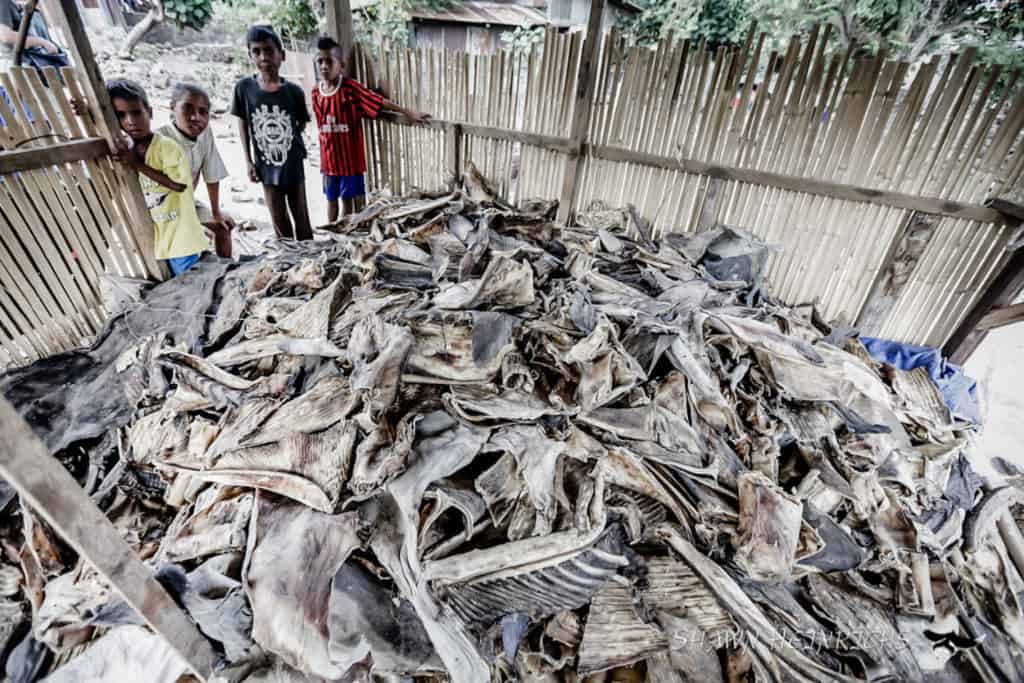
Following relentless advocacy efforts by biodiversity non-profits and conservationists, in 2014, Indonesia’s Ministry of Maritime Affairs and Fisheries enacted an unprecedented ban (Kepmen KP. No. 4. 2014) on the hunting, sale and trade of manta rays.
Breach of the law could incur up to six years of prison sentence and a fine of approximately US$100,000.
The regulation effectively created the world’s largest manta sanctuary, granting legal protection to the species across an area of more than six million square kilometers in Indonesia’s Exclusive Economic Zone.
Creating alternative livelihoods
The regulation prompted a coalition of local government agencies and NGOs, including the Misool Foundation, Reef Check, the Indonesian Manta Project, Blue Sphere Foundation and WildAid, to launch a community-based conservation project to promote sustainable fishing, and create alternative income streams for Lamakeran residents.
In 2016, they established a fishermen’s cooperative to help former manta ray hunters seek new, sustainable sources of livelihood.
Cooperative members had to sign an agreement to stop hunting in return for financial support and training.
Members were provided microfinance loans to start small business ventures, including restaurants and shops, and were trained on new skills such as business accounting and management.
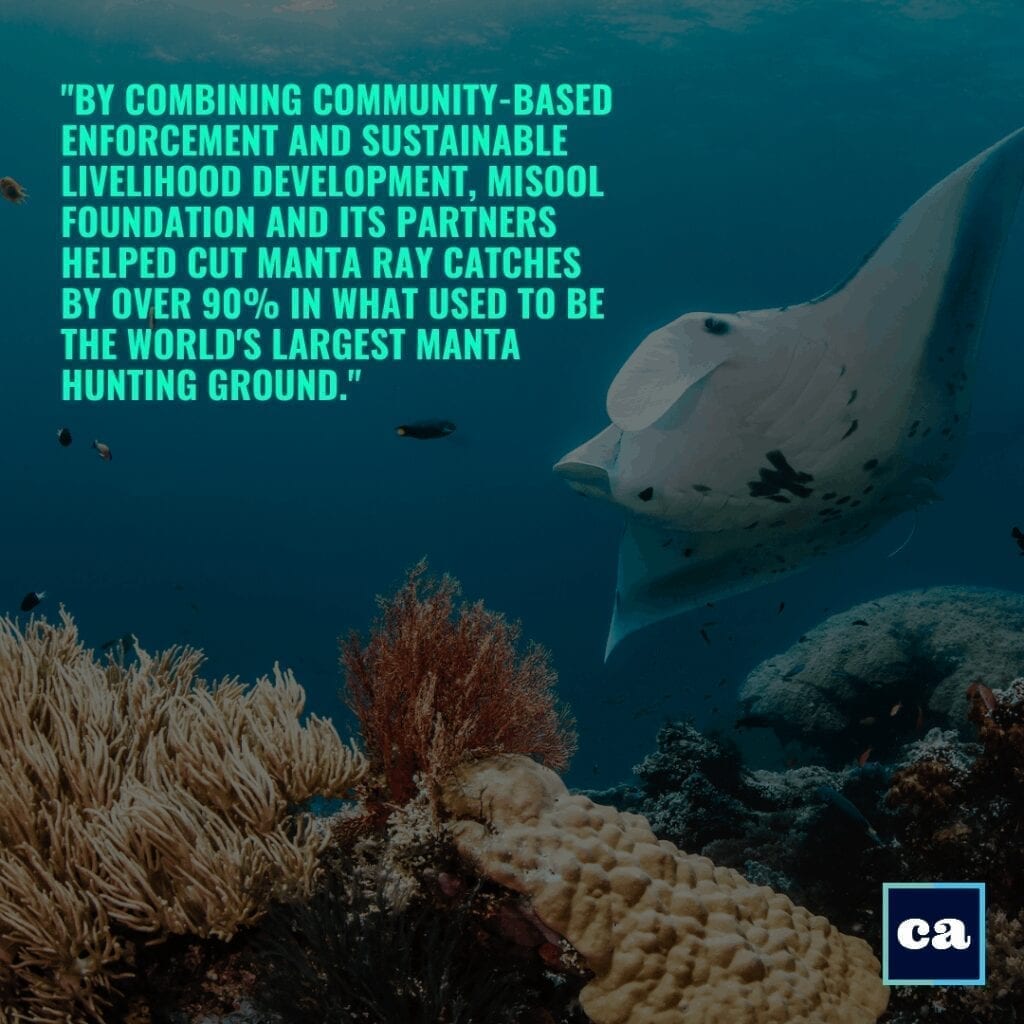
Sustainable fisheries
Misool Foundation, the charitable arm of the private island resort, Misool in Raja Ampat, Indonesia, also purchased a mini purse-seine fishing boat for the community to practice a fishing technique that’s both more sustainable and profitable.
The vessel design is not suitable for catching mantas and large marine mammals, and fishermen are instead encouraged to fish for alternative, high-value species such as sardinella.
The boat crew currently comprises of 14 ex-manta hunters who earn an income that matches their previous manta hunting salary, but is more stable and consistent in comparison.
Microfinance loans have also enabled them to buy better fishing gear and coolers to help preserve fish quality and increase catch value.
Enforcing the law
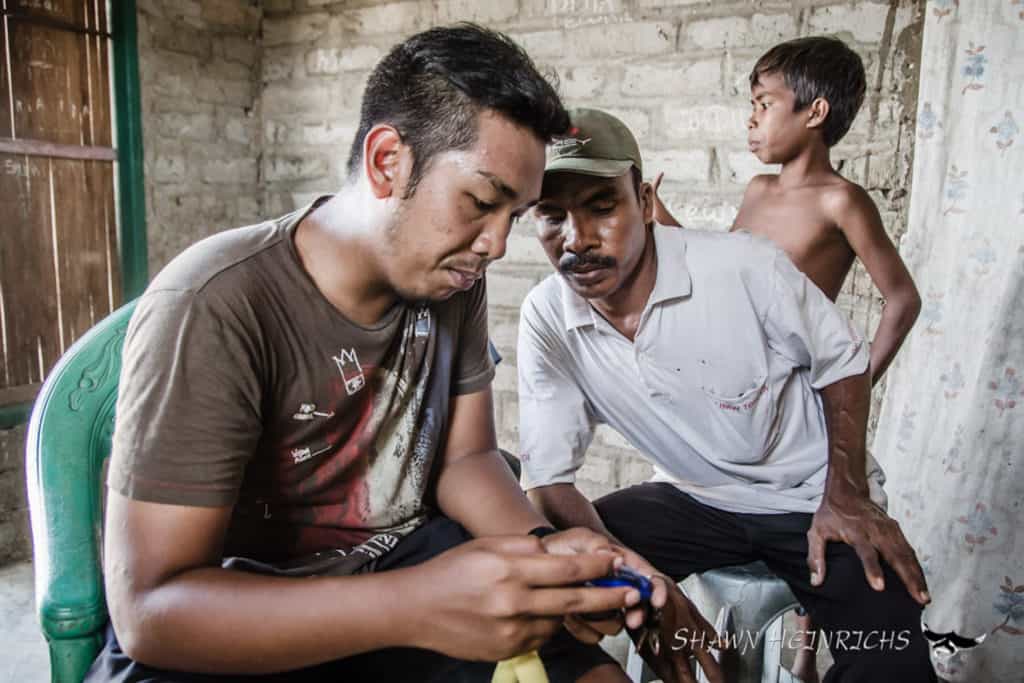
To ensure the effective enforcement of the 2014 ban, in September 2016, the Wildlife Conservation Society (WCS)’s Wildlife Crimes Unit set up an active local patrol initiative with approximately 14 days worth of patrols conducted every month.
To support the enforcement project, and armed with three years of manta ray and whale shark ecology research, Misool Foundation created an environmental model to calculate the migration patterns of megafauna, which in turn helped determine the most optimal patrol dates and locations.
With a range of socialization and training events, Misool Foundation, WCS and the East Flores Fisheries Department also revived the local marine ranger group POKWASMAS, engaging a total of 470 individuals across 50 villages in East Flores to undertake community-based monitoring.
They established a call center and a rapid response unit to enable the real-time reporting of illegal, unreported and unregulated (IUU) fishing, and cases of stranded or accidental bycatches of megafauna in the area.
Social and environmental impact
The combination of regular patrolling, a new reporting mechanism and the active involvement of the community yielded significant results.
POKMASWAS reports increased from an average of 2.5 per month in 2017 to 20 per month in 2019, leading to the successful live release of 42 large marine animals throughout the project, including manta rays, whale sharks, sunfish, dugong and turtles.
By October 2019, 107 community members have joined the cooperative, including 28 former manta hunters. Between 2017 and 2019, microfinance loans were distributed to 59 people, and saving plans were established for 96 cooperative members.
Importantly, between 2015 and 2018, the two-pronged approach to community-based enforcement and sustainable livelihood development helped reduce manta ray catches by over 90% in the area.
Climate change and plastic pollution
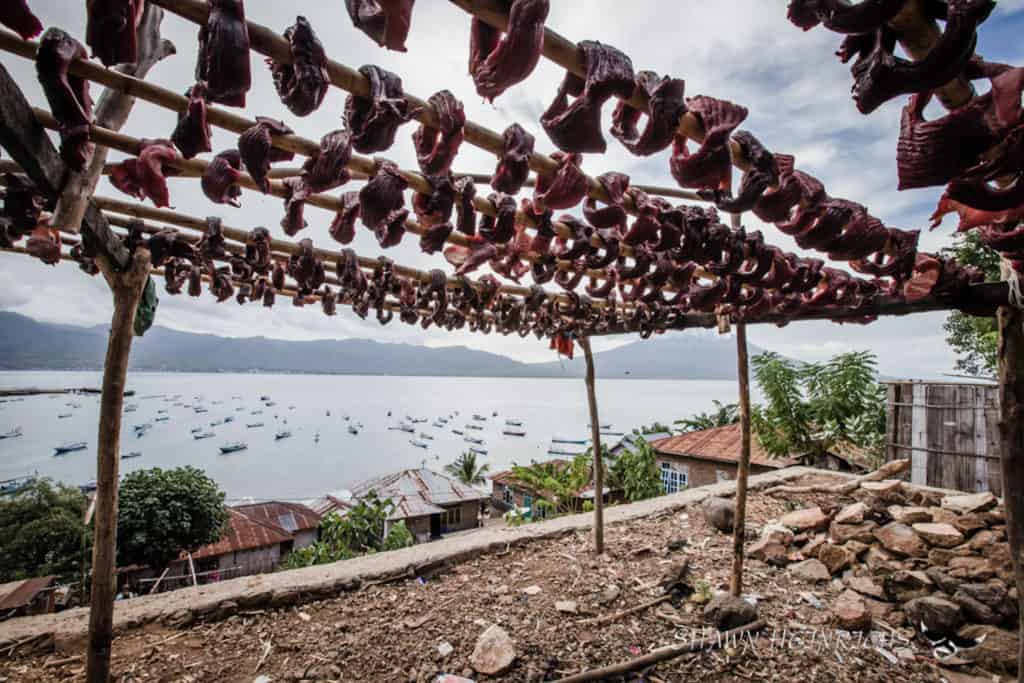
Challenges continue to, however, exist. The illegal fishing and smuggling of mantas carry on despite the 2014 ban, as lack of trust and cultural barriers often mean that the fishermen resist a switch to alternative sources of livelihood, or lament that these do not make up for what they used to earn as manta hunters.
In addition, climate change is shifting the distribution and availability of the planktons manta rays feed on, while rampant plastic pollution means mantas and other marine creatures often mistake plastic for food.
Manta rays are not the only marine animals threatened with extinction in Indonesia’s waters. Due to the increased difficulty of locating mantas, fishermen are increasingly turning towards catching mobula rays instead.
In 2016, mobula rays were added to CITES’ Appendix II, and while Indonesia has put in place measures to limit mobula ray exports, the government is yet to control their fishing or consumption.
“Despite these challenges, Indonesia is leading the way in implementing the necessary legislation and ‘on-the-ground’ measures to protect its marine species. With scientific, non-profit and government collaborations, there are so many reasons to be positive”
Jo Marlow – the Misool Foundation
“Indonesia’s marine ecosystem is one of the most biodiverse in the world and the coastal communities, that inhabit its 54,716km coastline, are dependent on these resources for future food security.
In recognition of this, the country is providing a blueprint which balances the needs of people with environmental protection.”








